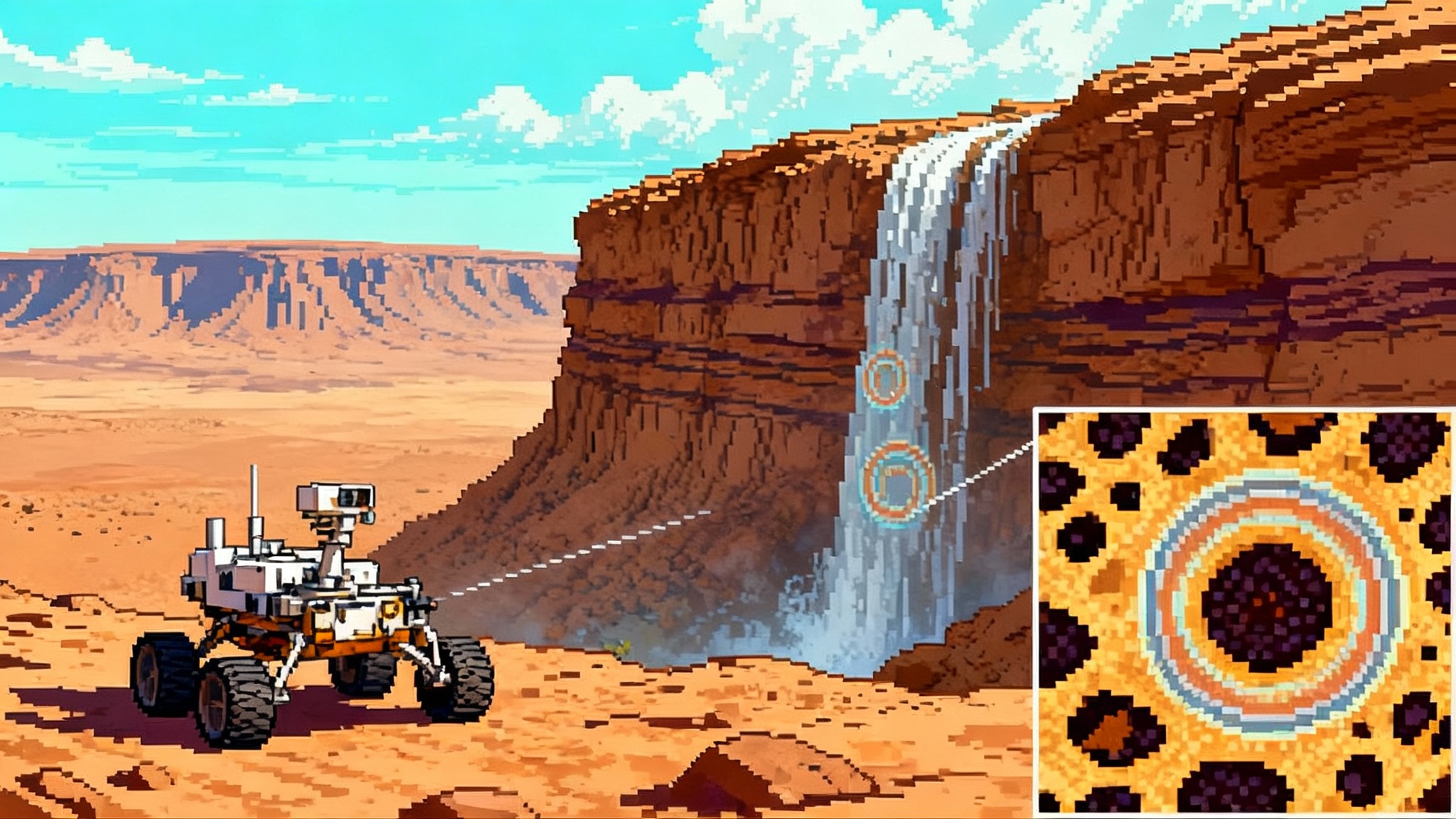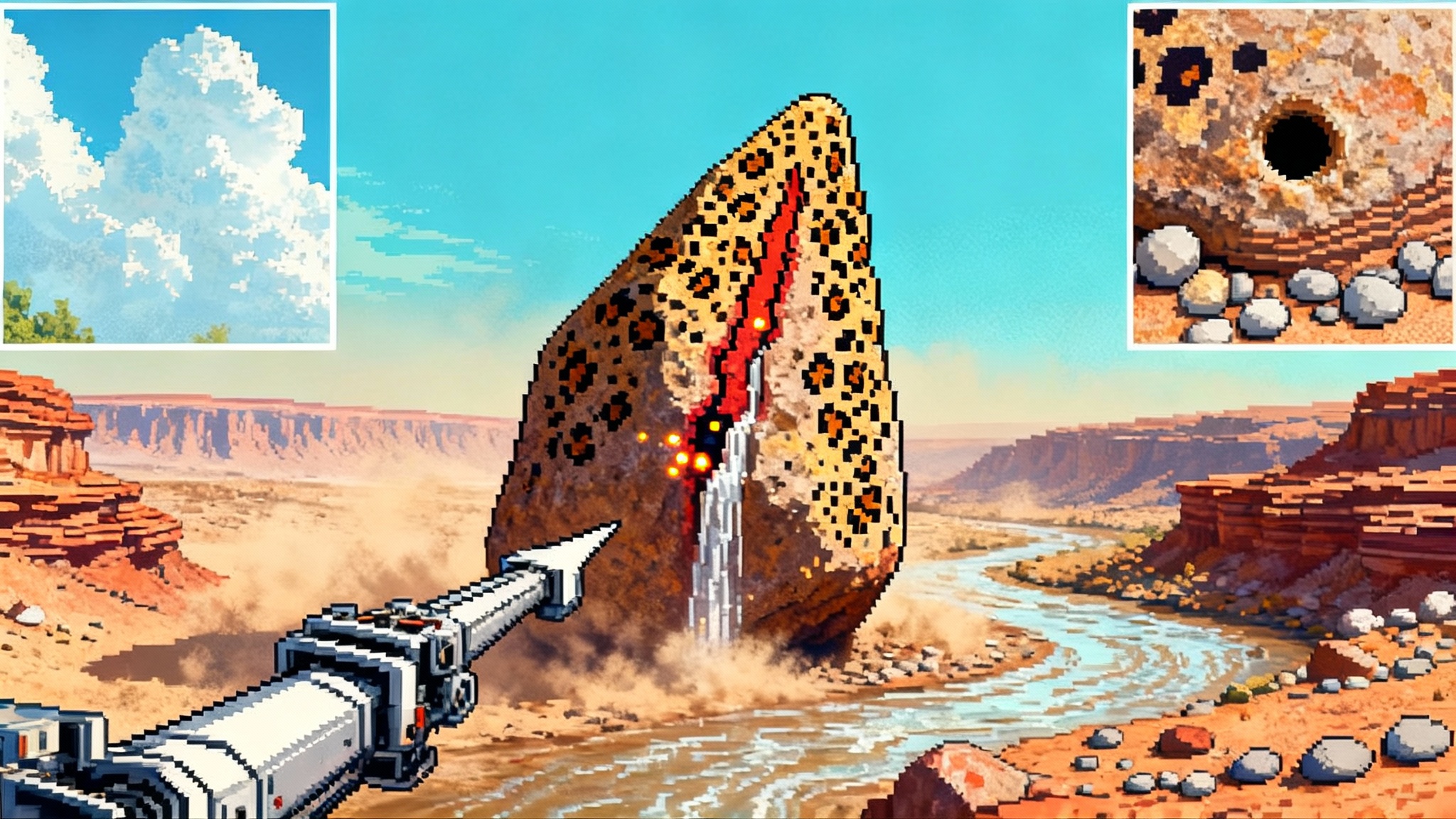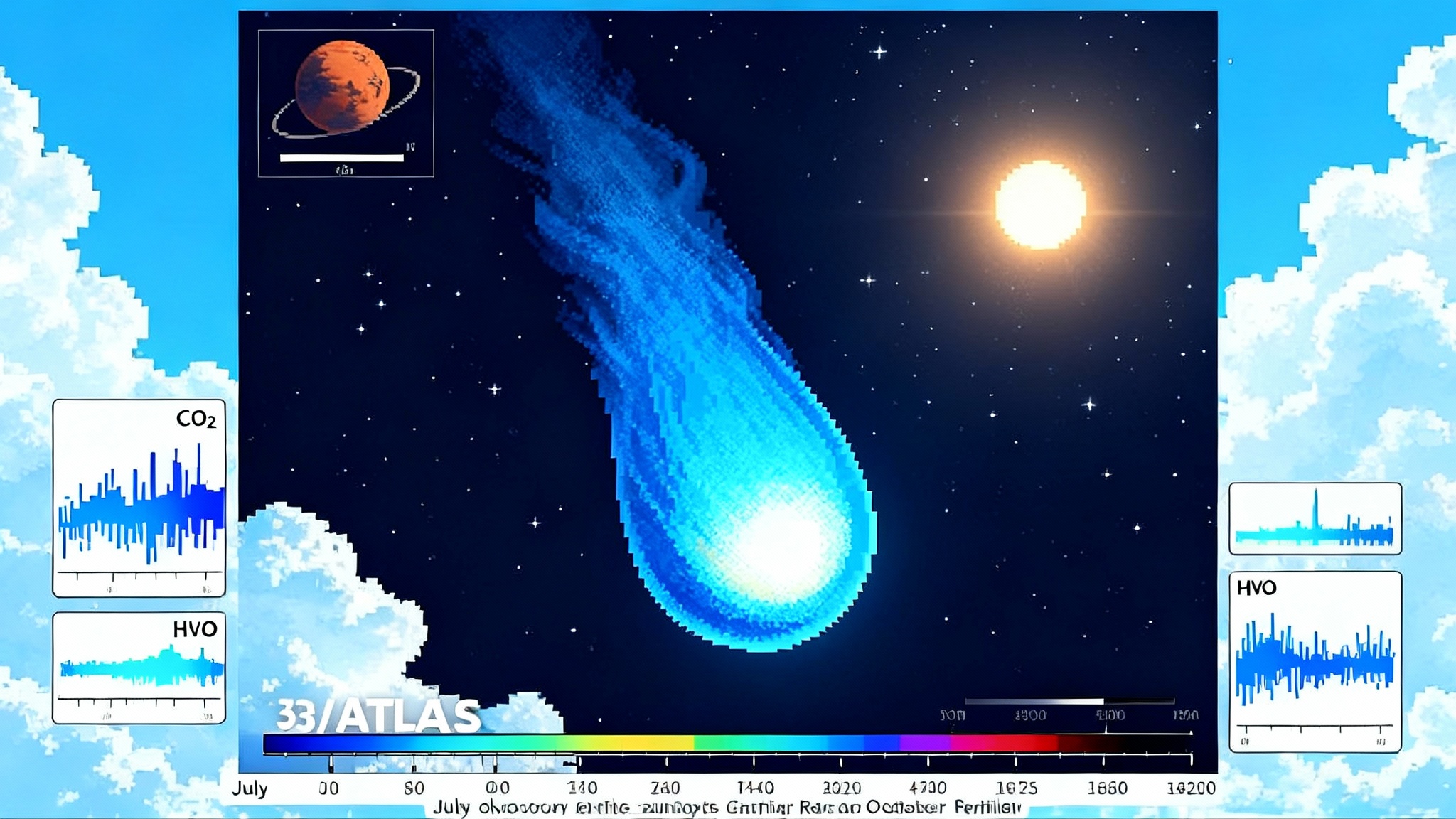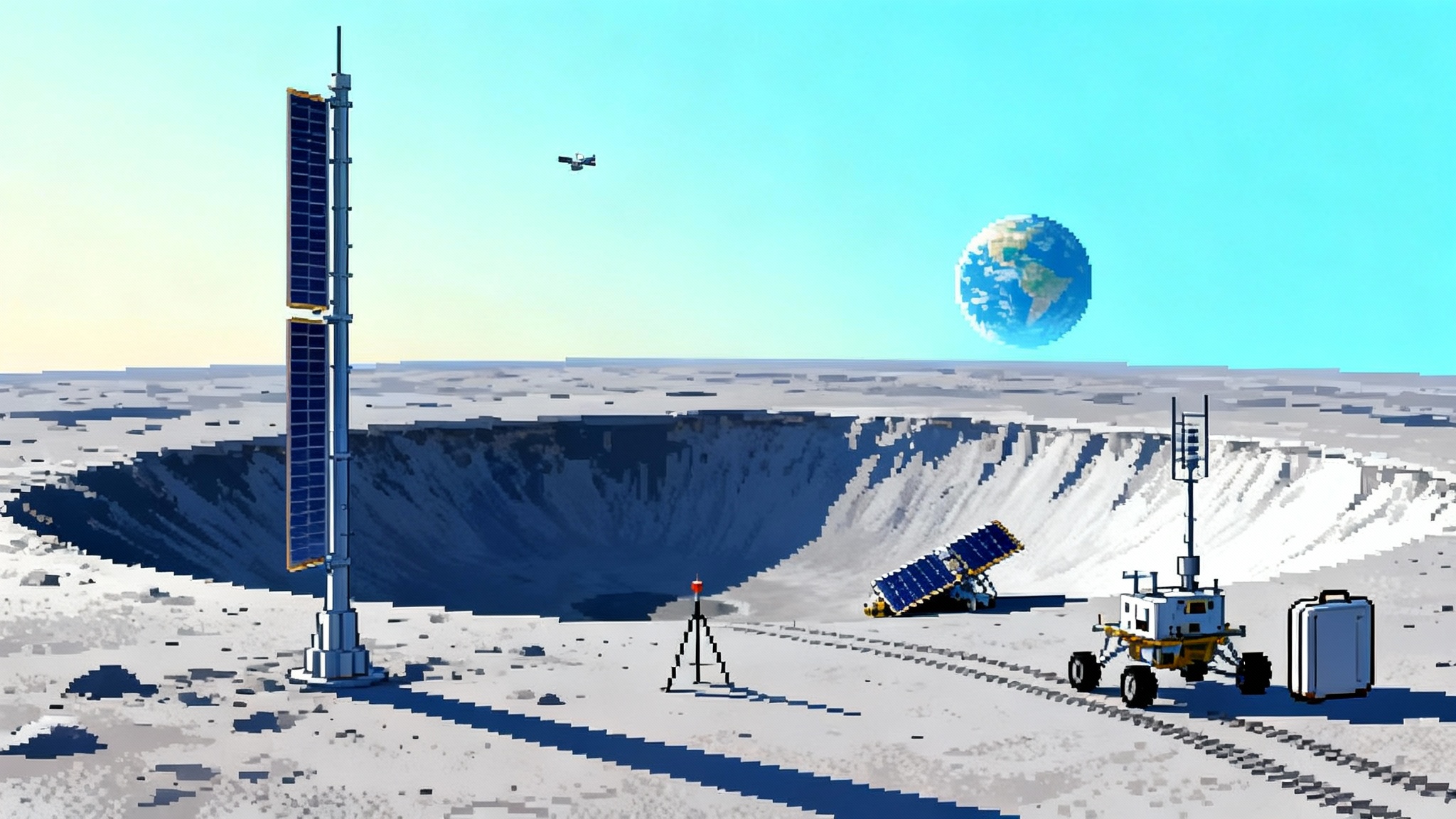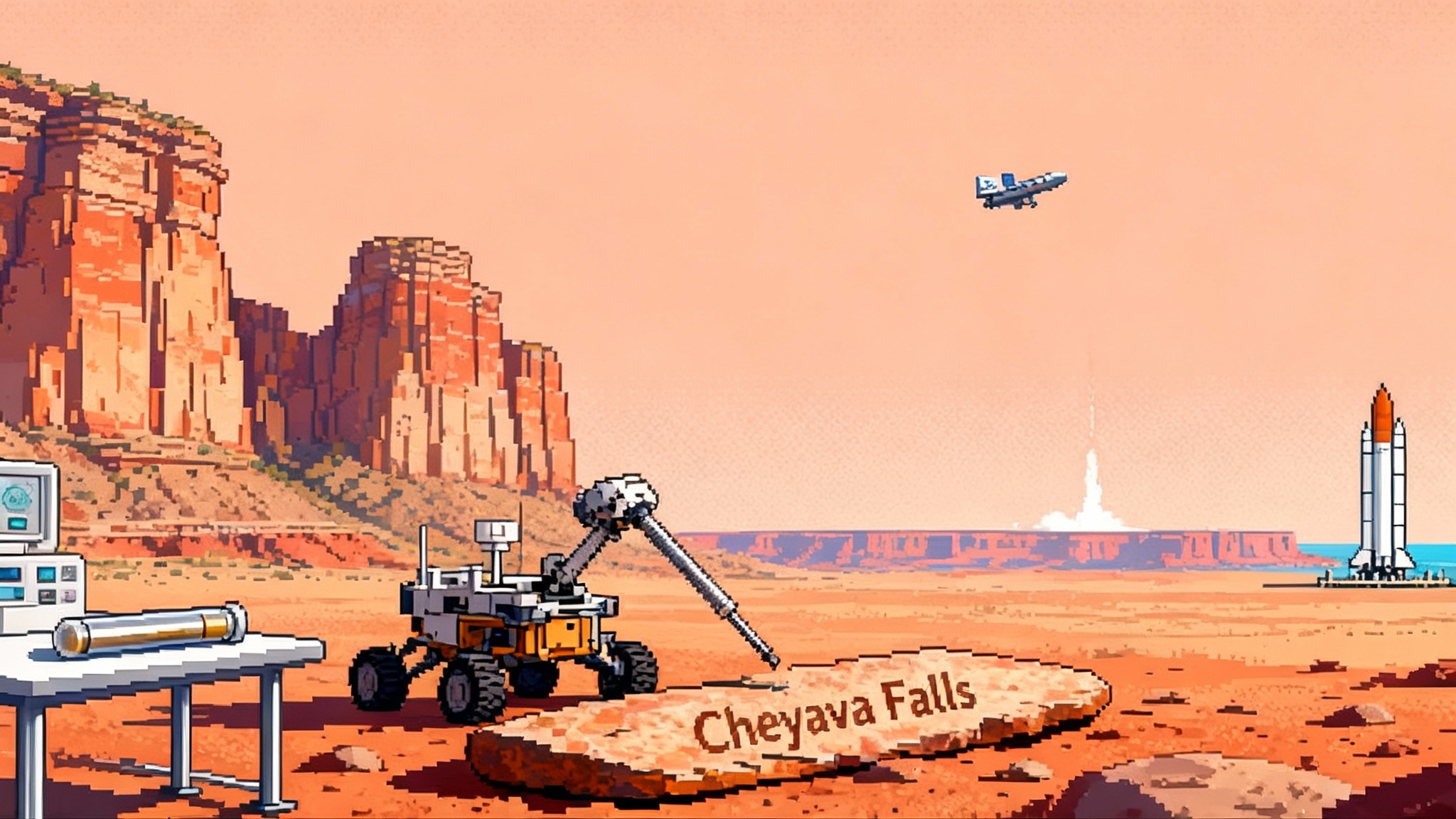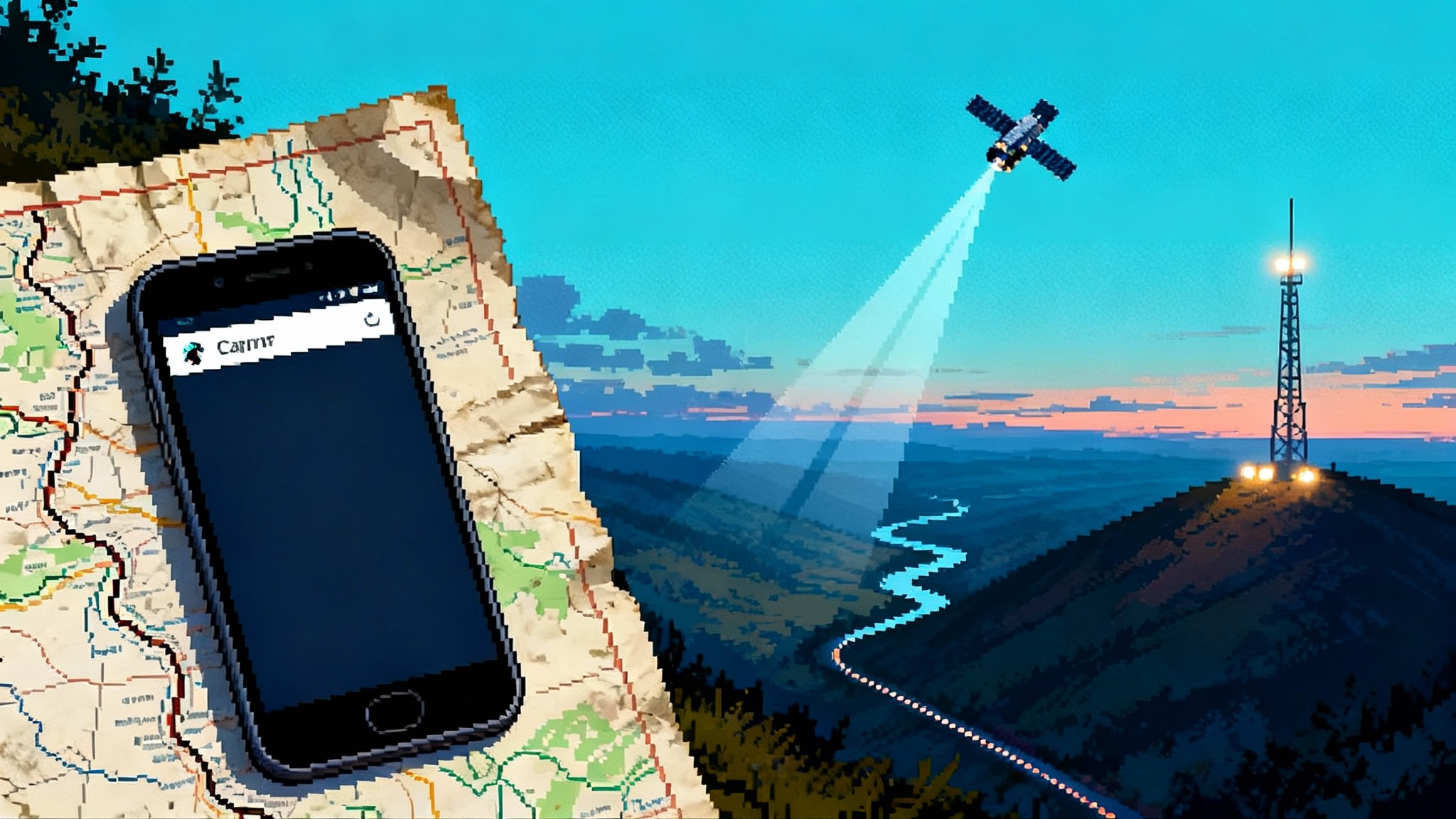Perseverance’s Sapphire Canyon ups the stakes for life on Mars
A peer reviewed Nature study of Jezero’s Bright Angel rocks elevates Perseverance’s best hint of Martian life. We decode what a potential biosignature really means, the mineral organic clues the rover found, and why a leaner sample return must move faster.

The peer review moment Mars watchers were waiting for
A year after Perseverance drilled a core from a spotted mudstone at Jezero Crater’s Bright Angel formation, the science has cleared the toughest bar in research. The rover team’s Bright Angel analysis, including the Sapphire Canyon core from a rock nicknamed Cheyava Falls, is now a peer reviewed analysis in Nature. The authors argue that what Perseverance saw are not just intriguing minerals, but a coupled mineral organic system that on Earth often traces back to microbes. That is why NASA called it a potential biosignature, not proof of life but the strongest nudge yet that Jezero once hosted life friendly chemistry. (nature.com)
So what exactly did Perseverance find, and why does confirmation depend on bringing this core to Earth sooner rather than later? Let’s decode the signal, the caveats, and the clock.
What the rover actually saw at Bright Angel
Perseverance rolled into Neretva Vallis on Jezero’s rim and met Bright Angel, a package of fine grained sedimentary rocks laid down in an ancient river lake system. Within a reddish mudstone band on Cheyava Falls, cameras and spectrometers mapped millimeter scale pale patches ringed by darker halos. The team called them leopard spots, because the pattern is hard to miss even in raw images. (jpl.nasa.gov)
Two lines of evidence made this rock different from other finds in Jezero:
- Mineral fingerprints: PIXL and Raman data point to iron phosphate and iron sulfide in and around the spots, consistent with vivianite and greigite. On Earth, these minerals often form where organic matter drives redox reactions in cool water rich sediments.
- Organic signals: SHERLOC, Perseverance’s ultraviolet Raman and fluorescence mapper, detected organic carbon associated with those mineral phases and textures. Spatial correlation is the keyword here. Organics and specific iron sulfur phosphorus minerals line up in ways that suggest linked chemistry, not a random mix. (nature.com)
The Nature paper frames the scene this way. You have mud full of fine clay and silt, great at trapping organics. You have redox gradients that shuffle electrons between iron, sulfur, and carbon. You have nodules and reaction fronts where that chemistry focused and left behind mineral markers. On Earth, similar pairings are a classic haunt for sulfate reducing and iron cycling microbes in deltas and lakebeds. That is where the biosignature potential comes from. (nature.com)
What potential biosignature really means
Potential biosignature has a precise meaning in planetary science. It is a substance or structure that might be biological in origin, but currently allows credible non biological explanations. To climb from potential to probable, and finally to confirmed biosignature, you need tests that can rule out abiotic pathways and, ideally, show multiple independent, life like traits in the same sample. NASA’s definition is intentionally conservative, since Mars has many ways to make organics and minerals without life. (nasa.gov)
For Bright Angel, the abiotic options include phosphate and sulfide minerals forming when iron rich fluids reacted with organics delivered by meteorites, or organics created in place by water rock chemistry. In that view, the textures and chemistry would be geology only. The authors do not claim to have excluded those paths. They argue that the associations are striking enough, and the environment low temperature enough, that biology belongs on the shortlist. That is the right kind of caution.
Why this outcrop matters more than earlier hints
Perseverance and Curiosity have both reported organics in Martian rocks before. What sets Sapphire Canyon apart is the co location of three things, all tied together in textures that look like chemical reaction fronts:
- Organics mapped at tiny scales
- Iron phosphate and iron sulfide concentrated where those organics are
- Nodules and halos that betray moving redox boundaries through mud
Any one of these would be interesting. All three overlapping in one core puts Bright Angel at the top of the return list. It is less about any single molecule and more about pattern and context. That is how astrobiology avoids false positives.
The limits of rover science, and the tests Earth labs must run
Perseverance’s instruments are exquisite for a robot on another planet. They are still blunt compared with what a modern geochemistry lab can do with a pristine core. To move from potential to something stronger, Earth labs would run a playbook that leans on sensitivity, spatial precision, and orthogonality, meaning independent lines of evidence that converge.
Here is the short list of what is needed and why the rover cannot do it:
- Carbon isotopes at micrometer scales. Compound specific isotope analyses of carbon bearing molecules, and bulk to micro scale 13C to 12C ratios in carbonates and organic carbon. Biological processing often leaves distinctive carbon fractionations. Perseverance cannot run gas chromatography isotope ratio mass spectrometry on Mars.
- Sulfur and iron isotopes in sulfides and oxides. Multiple sulfur isotopes, including 33S and 36S, can reveal mass independent fractionations tied to microbial sulfate reduction. Iron isotopes can mark redox cycling that is hard to achieve abiotically at low temperature. That requires multicollector mass spectrometers and careful standards.
- Mineral valence state mapping at nanoscale. Synchrotron based XANES and STXM can map iron and sulfur oxidation states inside the halos, pixel by pixel, to see if gradients match bio mediated redox fronts.
- Nanoscale textures inside greigite and other iron sulfides. High resolution TEM can spot crystal habits and size distributions that, on Earth, point to biologically controlled mineralization.
- Magnetism at the grain scale. Single domain magnetic particles produced by microbes can carry a very specific magnetic signature. Scanning magnetometry and low temperature remanence studies probe that.
- Organic structure and maturity. GC MS, LC MS, and orbitrap methods can search for hopanes, steranes, and other molecular fossils, map aromaticity, and assess radiation damage. The goal is to see whether the organics are random macromolecular carbon or show selectivity and patterns typical of biology.
- Chirality checks. Life on Earth shows handedness in amino acids and sugars. If any preserved molecules retain chirality, enantiomeric excess would be a powerful clue, though survival on Mars is a long shot.
- Radiometric dating of diagenetic minerals. U Pb in apatite or Rb Sr in clays can timestamp when fluids moved and nodules formed. Aligning ages with the crater’s hydrologic history would test whether reactions happened in habitable windows.
- Contamination and curation controls. Only a purpose built Bio Safety and Planetary Protection compliant facility can prove these signals are Martian, not Earth lab noise.
No current flight instrument suite can run this battery of tests. That is why bringing Sapphire Canyon to Earth is the unlock.
The sample return pivot, and why speed now matters
NASA has already conceded that the original Mars Sample Return architecture cost too much and landed too late. In 2025 the agency said it would pursue a two architecture MSR plan during formulation, then downselect in the second half of 2026. The goal is a simpler lander with a lighter ascent rocket, nuclear power for dust resilience, a streamlined sample loading chain, and reliance on ESA’s Earth Return Orbiter for capture in Mars orbit. (nasa.gov)
Realistic dates depend on funding and the downselect. NASA officials have publicly discussed earliest practical launches around 2030 for the return orbiter and 2031 for the lander, with the first Earth delivery as early as 2035 if things break right, and closer to 2040 if budgets sag. A China led Mars sample return could target an earlier Earth return, but it would bring a narrower set of materials from a single site, not Perseverance’s curated cache across multiple watery environments. The science returns are different in scope. (space.com)
Sapphire Canyon raises the stakes on schedule. If the best candidate for ancient bioprocesses sits in a tube on Mars, every extra year at Jezero means more mission risk, more time before laboratory confirmation, and a greater chance that the global conversation moves on. Planetary science does not need theatrics, it needs crisp architecture decisions and steady money.
What to accelerate, concretely
If the point is to get the right tubes home fast and safe, here are the pragmatic moves that best align science value with risk and cost:
- Prioritize the highest value tubes for the first return batch. NASA’s baseline has room for around 30 samples in the orbiting container. Sapphire Canyon should be at the top of that manifest, along with other Bright Angel mudstones, carbonate bearing layers, and a few igneous markers for age control. (nasa.gov)
- Lock the lander and ascent vehicle masses early. A lighter architecture enables a scaled sky crane heritage landing and removes the need for unproven heavy landing systems. That reduces integration risk and keeps schedule.
- Keep the architecture Ingenuity free. Earlier concepts included sample fetch helicopters, exciting but unnecessary if Perseverance can deliver tubes directly. Removing them simplifies operations and testing. (space.com)
- Freeze interfaces with ESA’s orbiter and capture system. Joint testing early, including end to end mock sample canister capture and sealing, will avoid late surprises.
- Fund the sample receiving facility on Earth now. Building and validating a biosecure, ultra clean lab capable of micrometer scale isotopic and molecular work takes years. It must be ready before the canister hits Earth.
A 2030s timeline the science can live with
Here is a sober, working timeline based on today’s statements and typical development cycles:
- September 10, 2025: Nature paper publishes the Bright Angel analysis with Sapphire Canyon flagged as a potential biosignature. (nature.com)
- Late 2025 to mid 2026: NASA refines dual architectures, industry studies mature. Formal downselect targeted for the second half of 2026. (nasa.gov)
- 2027 to 2029: Detailed design, long lead buys, hardware development for lander, Mars Ascent Vehicle, and ESA Earth Return Orbiter capture system.
- 2030: Earliest plausible launch for the Earth Return Orbiter, given a 2026 decision. (space.com)
- 2031: Earliest plausible launch for the lander and ascent vehicle. (space.com)
- 2033 to 2035: Mars orbit rendezvous and Earth return cruise, depending on trajectories and phasing. First possible Earth delivery by mid decade with strong funding, later if budgets slip. (space.com)
- 2035 to 2036: Initial non destructive examinations under strict planetary protection, then first wave of isotopic, molecular, and microstructural results.
These dates are not promises, they are a map you can actually drive if Congress and the agency keep their foot down. The old plan pointed to 2040. The new plan has a shot at first science in the mid 2030s.
How Sapphire Canyon reshapes astrobiology priorities
The 2020s were about getting to the right rocks and learning how to read them. The 2030s will be about laboratory truth. This finding nudges priorities in three ways:
- Put returnable organics mineral associations first. The best astrobiology sample is not the one with the strongest single organic signal, it is the one where organics, minerals, and textures are spatially linked in a way that enables multiple independent tests. Bright Angel shows the template.
- Build Earth lab readiness into mission design. The sample receiving facility must be able to run isotope geochemistry, nanoscale mineralogy, and organic geochemistry at the leading edge, with contamination budgets that match the question being asked.
- Pair sample return with targeted in situ scouts. Small landers or next gen rovers that focus on mudstones, phosphates, and iron sulfides in other basins can tell us where to look next, while the labs work through the first cache.
The payoff is bigger than Mars. If we can prove that low temperature redox chemistry in river lake muds on another world ran through biology, we are not just adding a chapter to Mars history, we are moving the default answer to whether life arises where it can. If abiotic routes win, we still learn how organics and minerals danced on early Mars, which feeds into the chemistry of life origin models everywhere.
The bottom line
Sapphire Canyon is the most compelling Martian rock yet for testing the life hypothesis, not because it shouts life, but because it is designed to be tested to exhaustion. The data that matter now live behind instruments that cannot fly. That makes a lean, disciplined Mars Sample Return more than a prestige project. It is the logical next step in the scientific method.
If the 2025 paper is the hypothesis, the 2030s are the experiment. Let’s run it.
Helpful links
- Read the peer reviewed analysis in Nature: peer reviewed analysis in Nature.
- NASA’s current approach to sample return: two architecture MSR plan.


